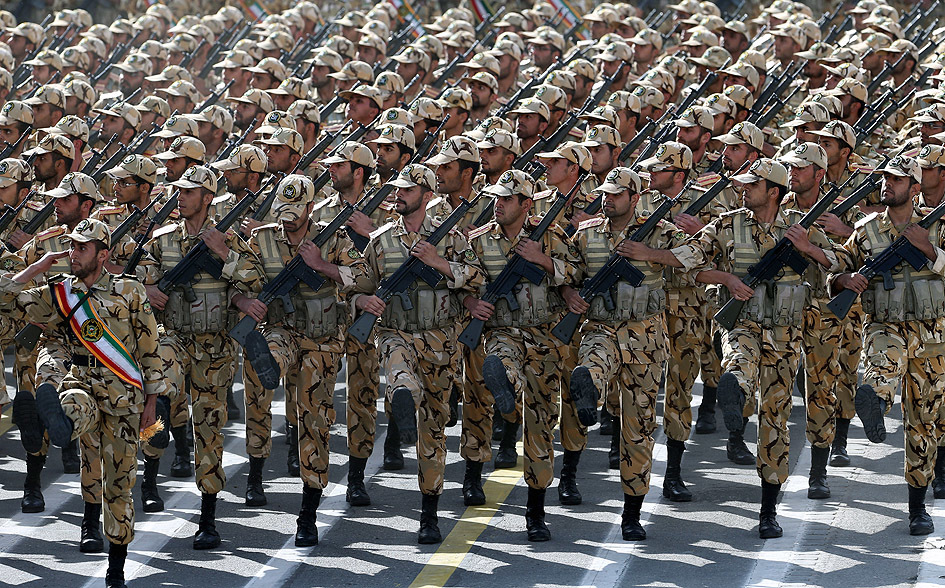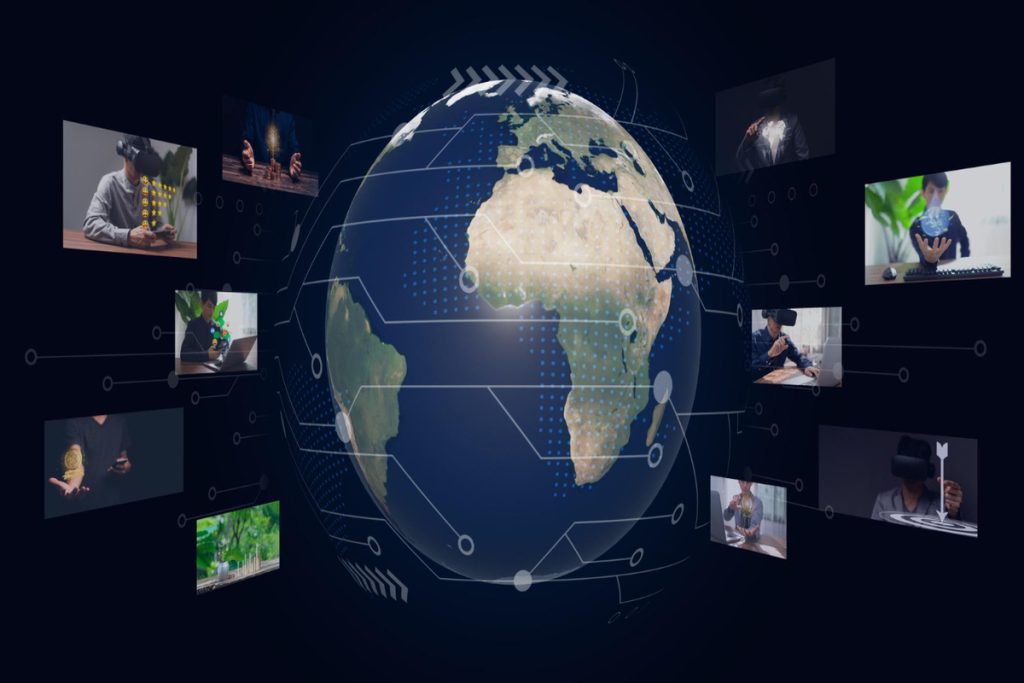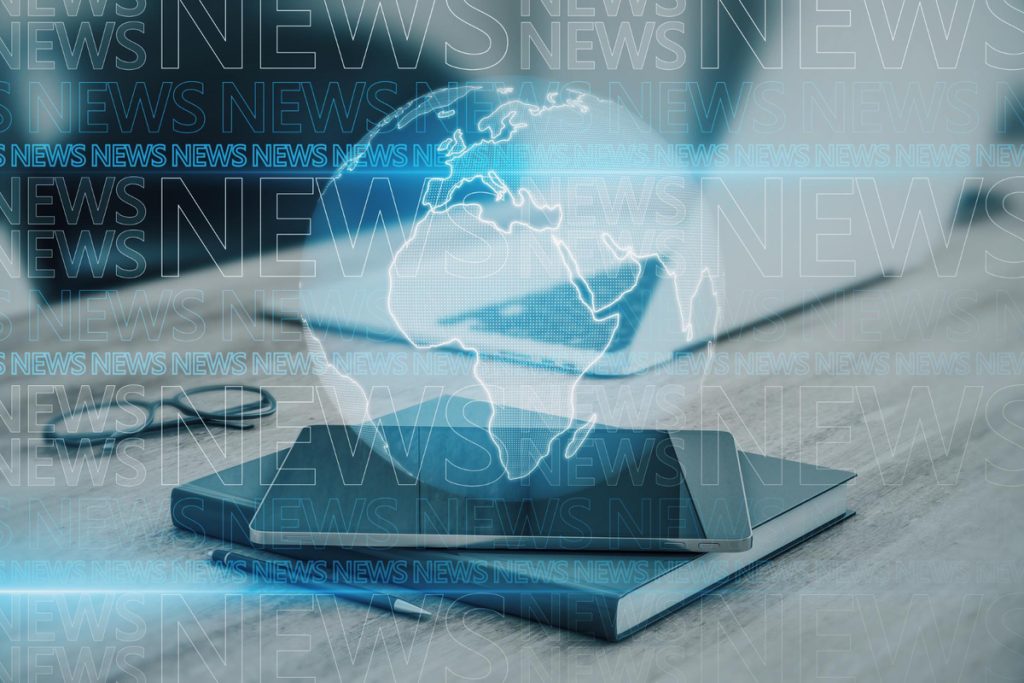Iran military parades are a striking spectacle that underscores the Islamic Republic’s commitment to showcasing its defense capabilities. As tensions surrounding the Iran nuclear talks continue to rise, these parades serve not only as a display of military strength but also as a critical reminder of Iran’s strategic positioning amid ongoing negotiations. On occasions like Iran Army Day, citizens witness elaborate processions featuring thousands of troops and advanced military hardware, including missiles and drones. This show of force aims to reinforce national pride while signaling Iran’s resilience in the face of international challenges, particularly in regards to U.S. Iran relations and nuclear negotiations. By parading its military assets such as the S-300 missile defense system, Iran seeks to assert its deterrent capabilities amidst a complex geopolitical landscape.
The military exhibitions in Iran, often dubbed as displays of national power, hold significant meaning in the context of the country’s geopolitical dynamics. Such events, prominently featured on Iran Army Day, highlight the nation’s dedication to strengthening its defense posture while navigating the intricacies of diplomatic discussions surrounding its controversial nuclear program. These displays not only manifest the capabilities of the Iranian armed forces but also serve as a potent reminder of the country’s strategic ambitions, especially regarding its interactions with global powers. Amid the backdrop of ongoing diplomatic engagements concerning nuclear issues and sanctions, these military parades symbolize a dual approach—demonstrating military might while simultaneously pursuing dialogue with other nations. This intricate balancing act reflects Iran’s ongoing quest for respect on the world stage and the pursuit of security amidst turbulent international relations.
Iran Military Parades: A Display of Power and Intent
In a striking exhibition of military prowess, Iran recently held grand military parades showcasing its latest weaponry, including advanced missile systems and drones. Key officials, including President Masoud Pezeshkian, highlighted the significance of these events on Army Day, where thousands of soldiers marched through Tehran, sending a powerful message of national strength. This show of force is particularly noteworthy amidst the backdrop of ongoing nuclear talks with the West, as Iran aims to assert its military capabilities while engaging in delicate negotiations over its nuclear program.
The military parades serve not only as a celebration of Iran’s defense forces but also as a strategic tool in the context of international relations, particularly with the United States. As Iran demonstrates its readiness to respond to external threats, it is also pursuing diplomatic channels to mitigate the pressures from sanctions and fluctuating U.S. policies. The juxtaposition of military displays and diplomatic dialogues illustrates Iran’s complex approach to securing its regional influence while addressing the concerns surrounding its nuclear ambitions.
Diplomatic Efforts Amid Military Showcases
Despite the visually powerful displays of military strength, Iran is actively involved in diplomatic negotiations, particularly concerning its nuclear capabilities. The recent meeting between Foreign Minister Sayyid Abbas Araghchi and U.S. envoy Steve Witkoff signifies a commitment to dialogue, even amidst tensions and military posturing. Iran’s willingness to engage with both Russia and the United States highlights its strategic pursuit of alliances, essential for navigating the intricate landscape of nuclear negotiations.
Araghchi’s remarks on the need for clear communication from the U.S. underscore the challenges Iran faces in these discussions. With previous meetings producing mixed outcomes, Iran seeks a consistent approach to its nuclear policy, particularly following the U.S.’s withdrawal from the 2015 nuclear deal. As both sides grapple with their respective positions, the path forward remains fraught with uncertainty, calling for careful diplomacy to avoid escalation into military confrontations.
The Role of U.S.-Iran Relations in Nuclear Talks
The dynamics of U.S.-Iran relations play a critical role in shaping the trajectory of nuclear negotiations. Following President Trump’s contentious tenure, marked by sanctions and threats of military action, the current dialogue with the U.S. presents a precarious opportunity for Iran to engage in discussions about controlling its uranium enrichment activities. The fluctuating policies from Washington, however, create an atmosphere of confusion and skepticism, complicating Iran’s strategic planning as it navigates these complex interactions.
Iran’s insistence on mutual respect and understanding in negotiations reflects a broader desire to restore credibility in U.S.-Iran relations. As the country faces increased pressure to halt its nuclear advancements, it must balance its military displays with sincere diplomatic overtures. The future of these negotiations relies on the willingness of both nations to reach a mutual understanding, ultimately influencing Iran’s military and nuclear strategy moving forward.
Nuclear Negotiations: Challenges and Prospects
The ongoing nuclear negotiations present significant challenges for Iran as it seeks to align its goals with international expectations. With U.S. officials advocating for strict limits on uranium enrichment, Iran must navigate its domestic pressures while addressing these external demands. The urgency of these discussions is underscored by reports indicating Iran’s enrichment levels nearing 60%, raising alarms among the global community. Consequently, Iran’s negotiating team faces the daunting task of reconciling its ambitions with the stringent demands of international diplomacy.
As talks continue, the complexities of the geopolitical landscape become increasingly apparent. Iran’s military parades serve as a reminder of its capability to defend itself, yet they also coexist with a genuine desire for constructive dialogue. The path forward will involve careful negotiation strategies that consider both national pride and the need for international cooperation to achieve a balanced outcome that could resolve long-standing issues surrounding Iran’s nuclear program.
The Perception of Military Power in International Relations
In the realm of international relations, the perception of military power significantly influences diplomatic interactions. Iran’s military parades are not merely displays of strategy but are designed to reinforce its standing within the region. By projecting military strength, Iran aims to deter potential aggressors while simultaneously asserting its sovereignty during complex talks regarding its nuclear program. The visual impact of these parades resonates far beyond Iranian borders, impacting the calculations of global powers engaged in negotiations with Tehran.
The relationship between military displays and diplomatic dialogue reflects a multifaceted approach to international relations where strength and negotiation coexist. As Iran continues to navigate the pressures of U.S. sanctions and international scrutiny, its military posture will likely serve as a crucial element in shaping perceptions and strategies moving forward. This dual approach remains essential in fostering a more stable diplomatic environment while addressing the underlying tensions inherent in U.S.-Iran relations.
The Implications of Iran’s Missile Displays
Iran’s missile displays during military parades carry significant implications for both regional stability and international diplomacy. By showcasing its missile capabilities, Iran signals its readiness to respond to perceived threats, thereby positioning itself as a formidable player in the Middle East. Such displays often evoke a range of responses from global powers, influencing the strategic calculations of nations involved in diplomatic discussions, particularly concerning nuclear issues.
The international community closely monitors these demonstrations, scrutinizing the advancements in missile technology that could potentially alter the balance of power in the region. As Iran embraces its military capabilities, the question of how such actions relate to ongoing nuclear negotiations becomes increasingly pertinent. Balancing military assertiveness with diplomatic efforts is crucial for Iran as it seeks to carve out a viable path toward mitigating sanctions and securing its national interests.
Iran’s Strategic Partnerships in Military and Diplomatic Domains
Iran’s strategic partnerships significantly influence both its military posture and diplomatic engagements, particularly in the context of its evolving nuclear program. The relationship with Russia, underscored by cooperation in military technology and support, enhances Iran’s capabilities and bolsters its security framework. Foreign Minister Sayyid Abbas Araghchi’s discussions with Russian officials highlight the importance of such collaborations in navigating the complex international landscape shaped by U.S. policies.
These partnerships are vital for Iran as it seeks to fortify its military presence while engaging in crucial nuclear negotiations. The interplay between military alliances and diplomatic efforts presents a nuanced strategy, ensuring that Iran remains positioned to defend its interests without compromising its goals on the international stage. As Iran forges ahead in both domains, maintaining this balance will be essential for its long-term sustainability in the region.
Geopolitical Context of Iran’s Military and Nuclear Strategies
The geopolitical context surrounding Iran’s military parades and nuclear strategies is deeply intertwined with regional and global dynamics. The demonstrations of military strength serve dual purposes: reinforcing national pride while simultaneously signaling to adversaries the potential consequences of any military actions. As U.S.-Iran relations fluctuate, the need for a carefully calibrated response from Iran becomes increasingly apparent in its military and diplomatic initiatives.
Iran’s position as a critical player in the Middle East is shaped not only by its military capabilities but also by its approach to nuclear negotiations. The challenges of engaging with nations like the U.S. are compounded by the regional complexities Iran faces, including relationships with neighboring countries and broader international expectations. This multifaceted geopolitical landscape necessitates a strategic alignment of Iran’s military displays with its diplomatic engagements to effectively navigate its nuclear ambitions.
Future Outlook for Iran’s Nuclear Engagements
Looking ahead, the future of Iran’s nuclear engagements will hinge on the effective management of both military posturing and diplomatic negotiations. The international community’s response to Iran’s missile displays during military parades will likely serve as a crucial factor influencing the trajectory of nuclear talks. Sustained dialogue with the U.S. and other world powers will be essential for Iran as it seeks to find common ground while maintaining its sovereignty.
As tensions persist, Iran must craft a roadmap that balances its national defense strategies with its international obligations. The path forward may involve a combination of military readiness and earnest diplomatic overtures, as the stakes of nuclear negotiations become more pronounced. Ultimately, achieving a sustainable resolution will require a delicate dance between strength and collaboration, a challenging yet necessary endeavor in the pursuit of regional stability and security.
Frequently Asked Questions
What is the significance of Iran military parades in the context of nuclear talks?
Iran military parades serve as a tool for showcasing the nation’s military capabilities while simultaneously reinforcing its position during nuclear talks. The display of military might is intended to project strength both domestically and internationally, particularly in the context of ongoing nuclear negotiations with world powers.
How does Iran Army Day relate to the country’s military parades?
Iran Army Day features large military parades that highlight the nation’s defense capabilities, including missile displays and troop formations. This event emphasizes Iran’s commitment to its military strength while coinciding with crucial discussions concerning its nuclear program.
What types of military hardware are showcased during Iran military parades?
During Iran military parades, the Islamic Republic often displays an array of military hardware, including advanced missile systems such as the S-300 and various drones. These exhibitions are crucial in demonstrating Iran’s military advancements amid international scrutiny regarding its nuclear activities.
How do Iran missile displays impact U.S.-Iran relations?
Iran missile displays are a provocative element in U.S.-Iran relations, often serving as a signal of defiance against U.S. sanctions and policies. By showcasing its missile capabilities during military parades, Iran aims to strengthen its bargaining position in nuclear negotiations with the U.S. and its allies.
What role does international diplomacy play amidst Iran military parades?
International diplomacy plays a significant role alongside Iran military parades, with the Iranian government using these events to assert its military prowess while engaging in dialogue over its nuclear program. The juxtaposition of military displays and diplomatic efforts reflects Iran’s strategic approach to navigate pressure from U.S. sanctions.
Can military displays affect the outcome of Iran’s nuclear negotiations?
Yes, military displays can significantly affect the outcome of Iran’s nuclear negotiations. They serve to bolster Iran’s position and leverage in discussions, signaling its readiness to defend its interests while pursuing diplomatic solutions regarding its nuclear ambitions.
What current events surround Iran military parades and nuclear negotiations?
Current events surrounding Iran military parades include heightened diplomatic activity with nations like Russia and ongoing discussions with U.S. representatives. These parades occur amid significant developments in Iran’s nuclear program, including increasing uranium enrichment levels and contrasting messages from U.S. officials.
What is the public perception of Iran military parades during nuclear talks?
Public perception of Iran military parades during nuclear talks is mixed, with some citizens viewing them as a necessary demonstration of national pride and strength, while others express concerns about the ramifications for diplomacy and the potential for escalated tensions with the West.
| Key Points | Details |
|---|---|
| Military Parades | Iran showcased its military power, including troops and missile defense systems, during Army Day parades in Tehran. |
| Diplomatic Efforts | Iran’s Foreign Minister met with Russian officials and is in discussions with U.S. representatives regarding its nuclear program. |
| Nuclear Program Status | Iran has increased uranium enrichment, nearing 60%, despite previous agreements limiting it to lower levels. |
| U.S.-Iran Tensions | Trump’s administration previously withdrew from the nuclear deal, complicating relations and intensifying sanctions. |
| International Reaction | IAEA’s Grossi highlights the critical phase of negotiations as diplomatic talks coincide with military displays. |
Summary
Iran military parades are emblematic of the country’s strategy to assert its military prowess while navigating complex diplomatic channels regarding its nuclear program. The recent Army Day displays illustrate Iran’s intent to maintain a strong military front, even as it engages in discussions with global powers. With ongoing tensions surrounding nuclear enrichment and U.S. sanctions, the dual approach of showcasing military strength and pursuing diplomatic routes underscores the intricate balancing act that Iran faces in achieving its geopolitical objectives.



